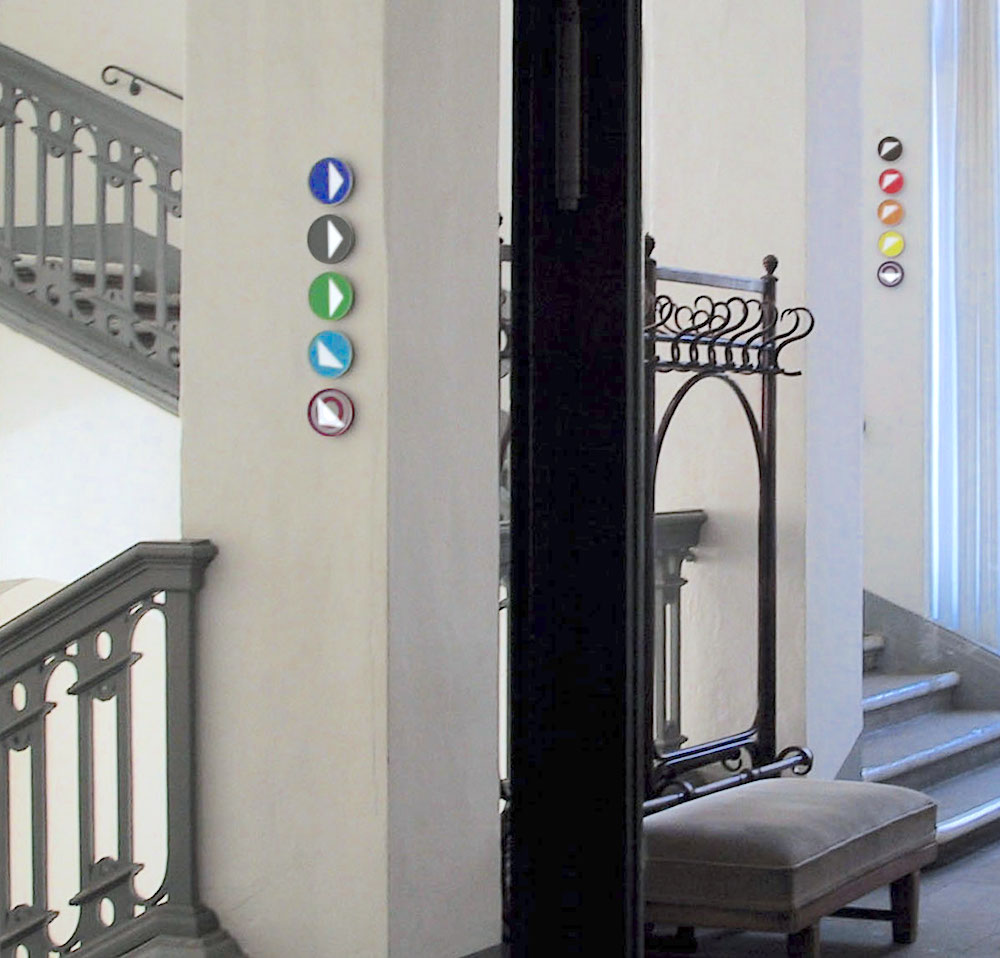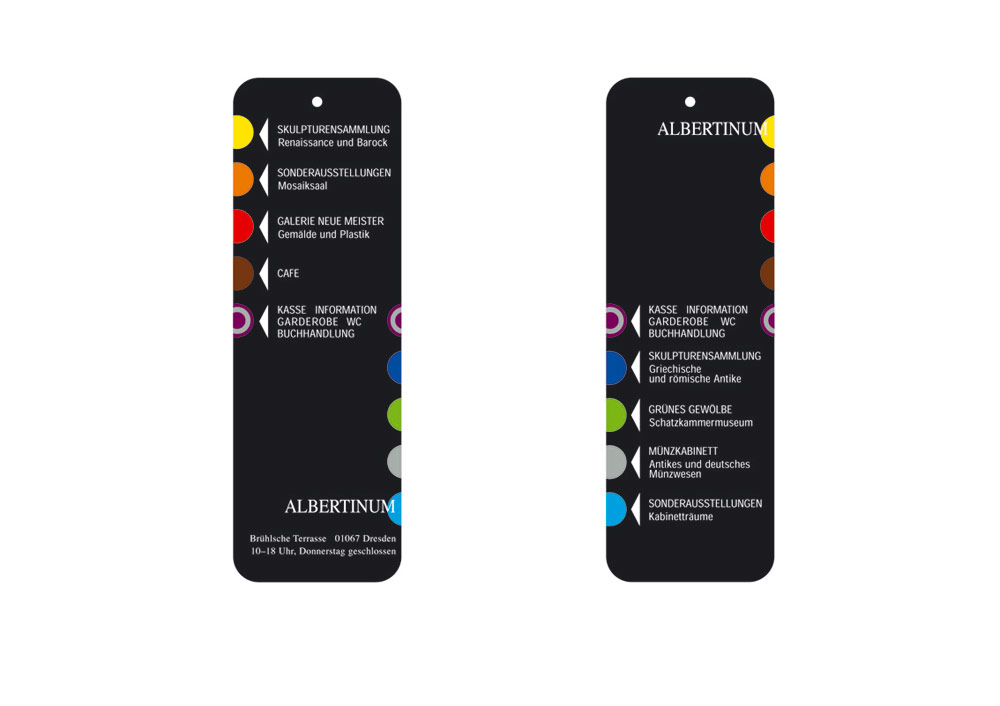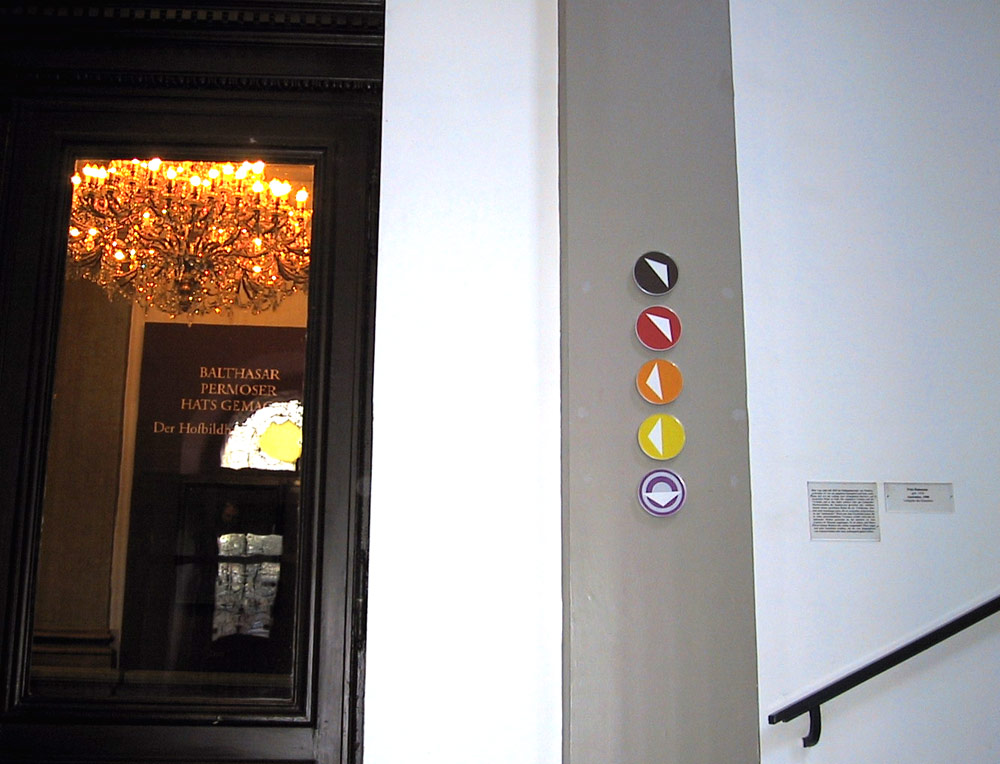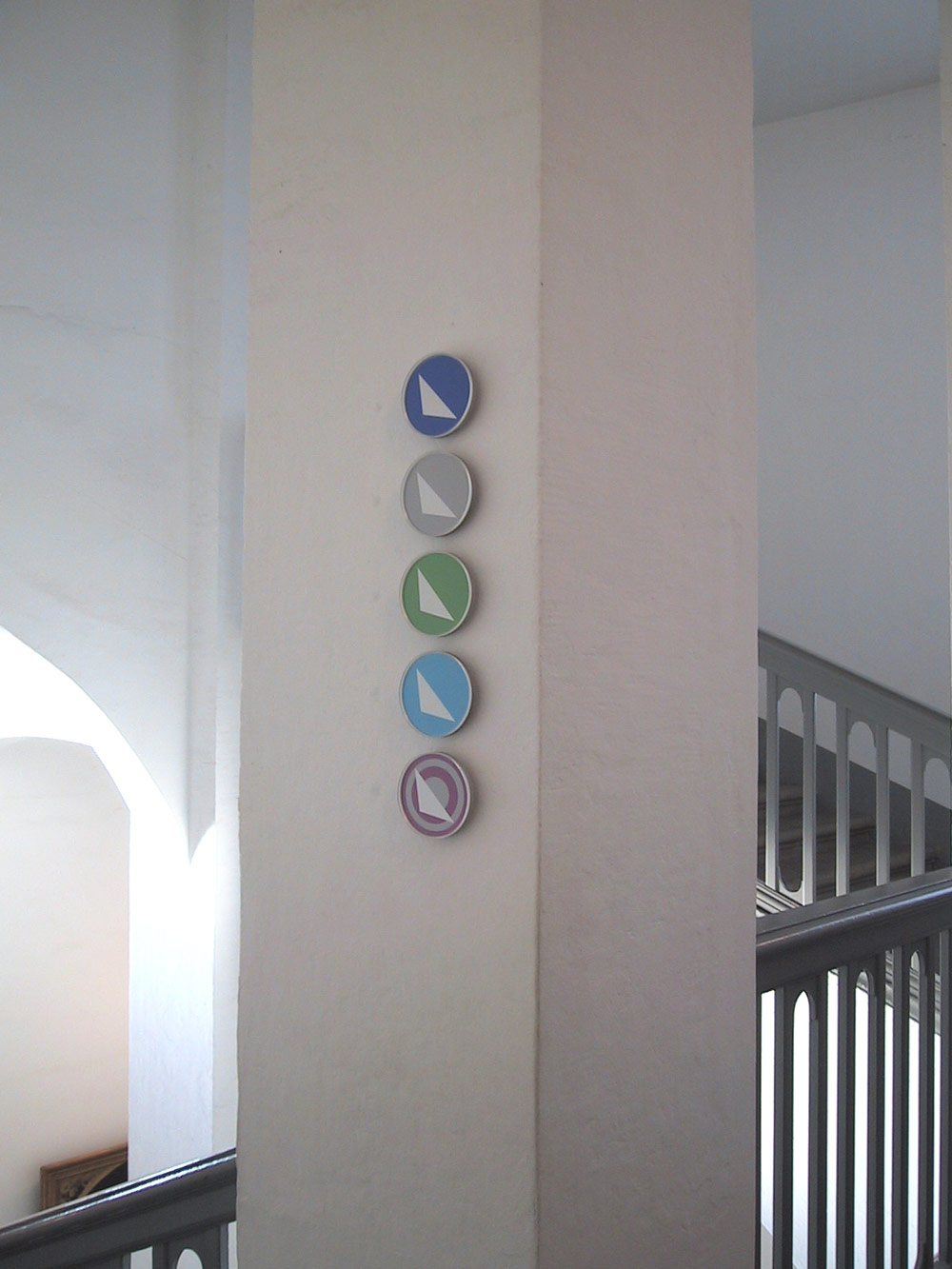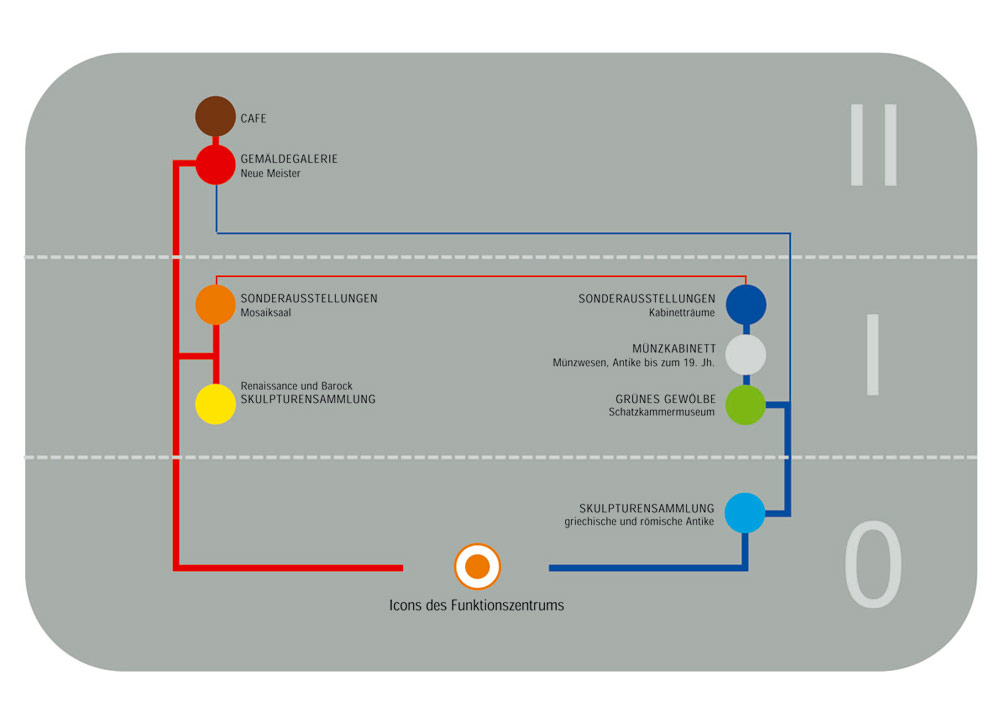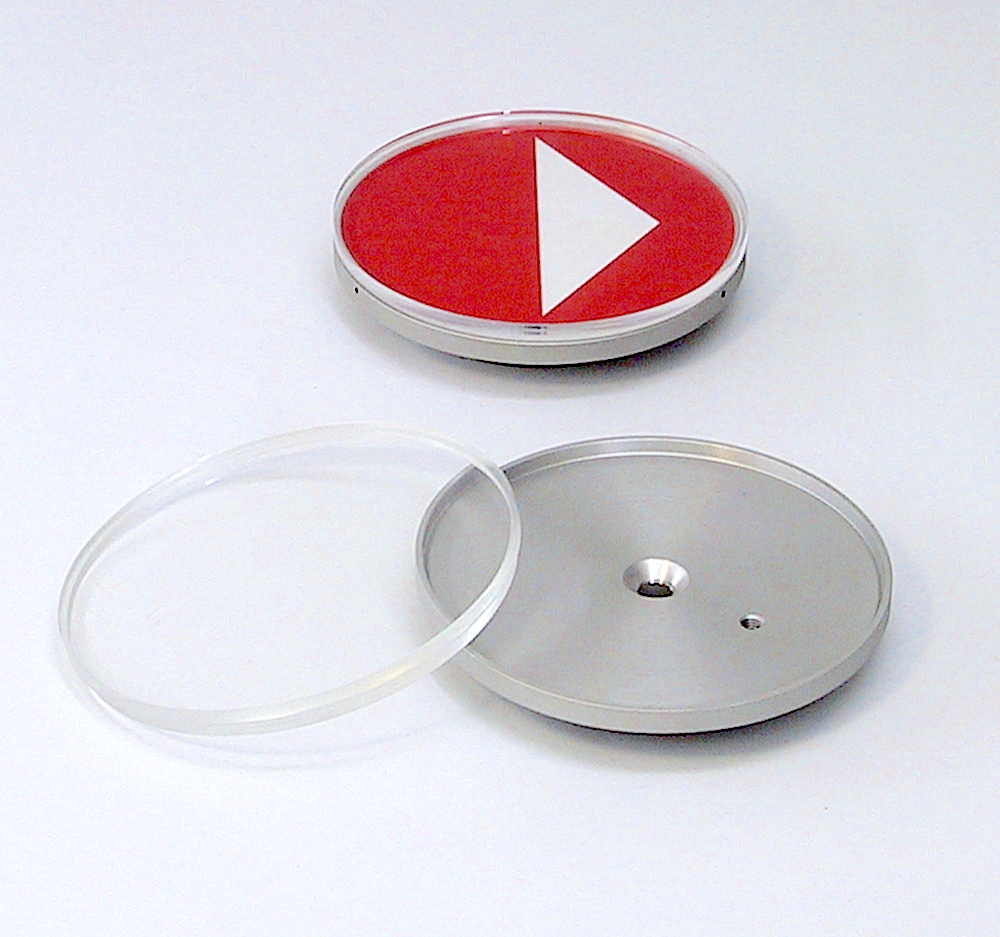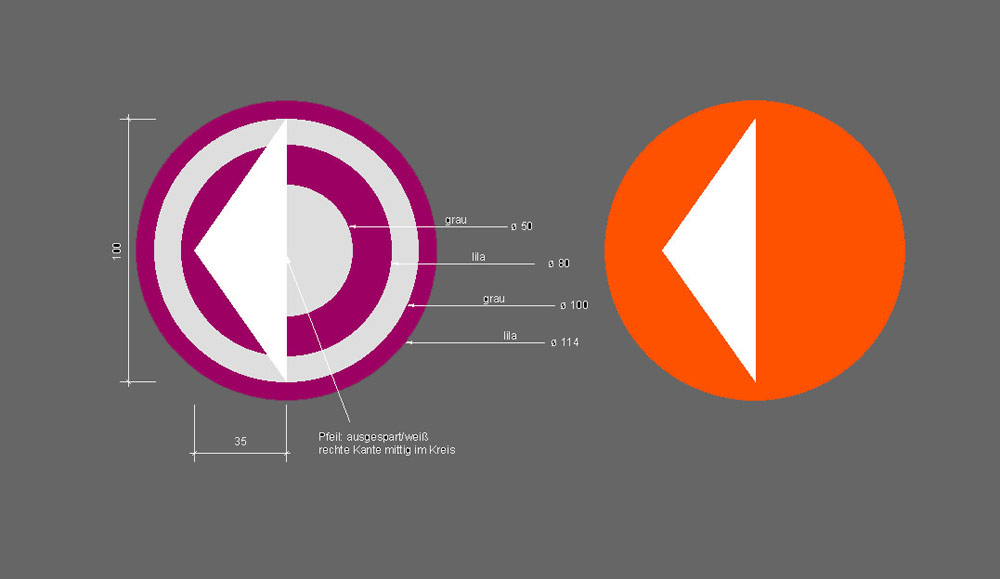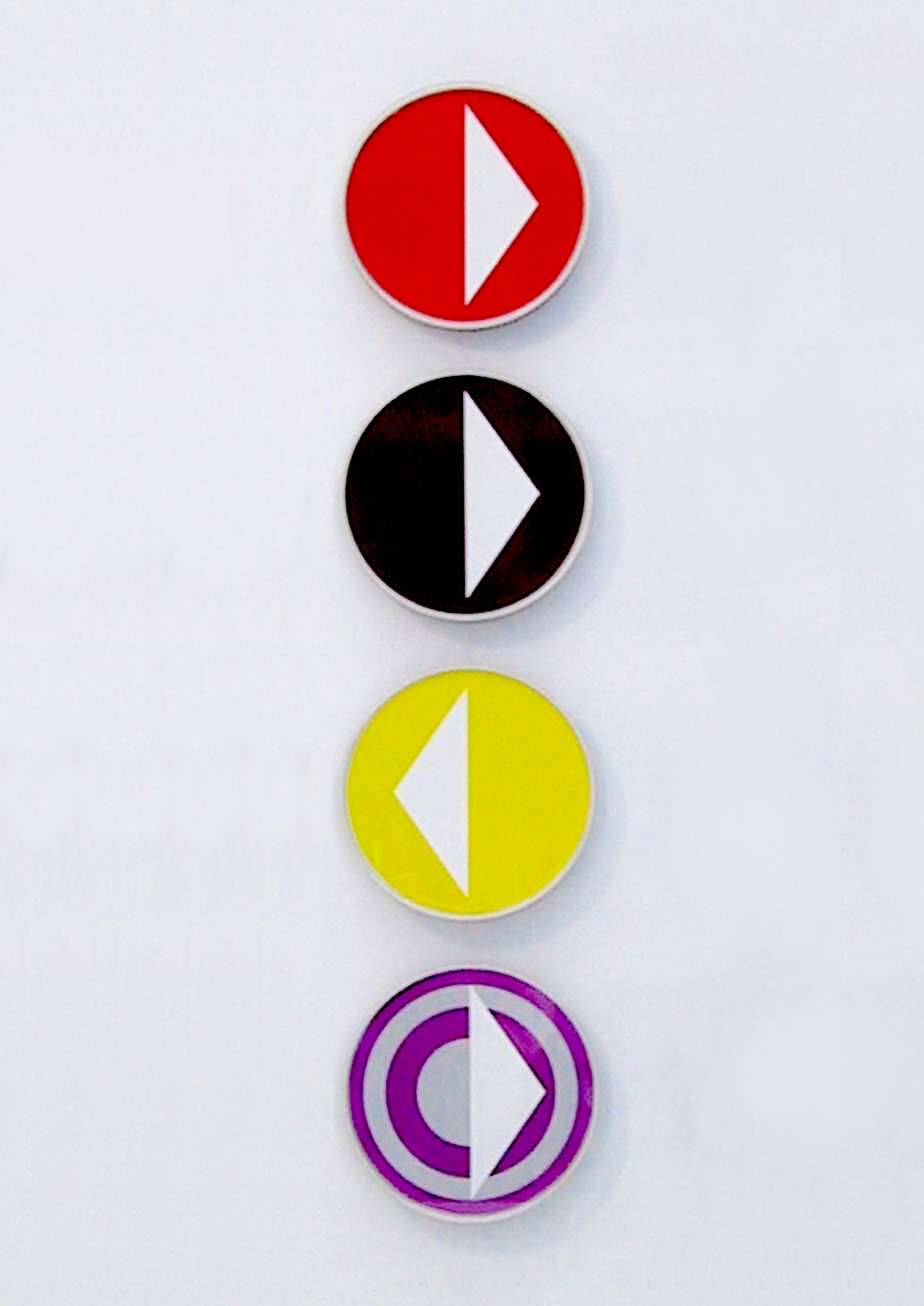The new guidance system for the Albertinum in Dresden is designed like a hiking trail. The building, which houses numerous art treasures in various collections, had become a maze over the course of time due to various renovation measures and changes of use. Again and again, the stream of visitors piled up in the corridors, tourists got lost. This was not only a problem for the visitors, but also for the staff, who were constantly forced to show the way – in several languages.
A way had to be found to make the convoluted building intuitively accessible. The solution was a schematic reduction of the tangled paths through the house to two circular routes (one coded red, one coded blue), which are mapped abstractly on an overview plan, the so-called NETWORK PLAN. The colour code is explained on the entrance ticket, the WALKING MAP, which can be further used as a bookmark by the visitor.
When entering the building, visitors have to decide which colour they want to follow. They can easily find their way around using the colour-coded Tondo signs, which are placed at highly visible points in the building. The implementation of the system has paid off. A survey showed that more than 60 per cent of the visitors are comfortable with the new guidance system, which pleases the heads of the different collections as well as the staff of the building.
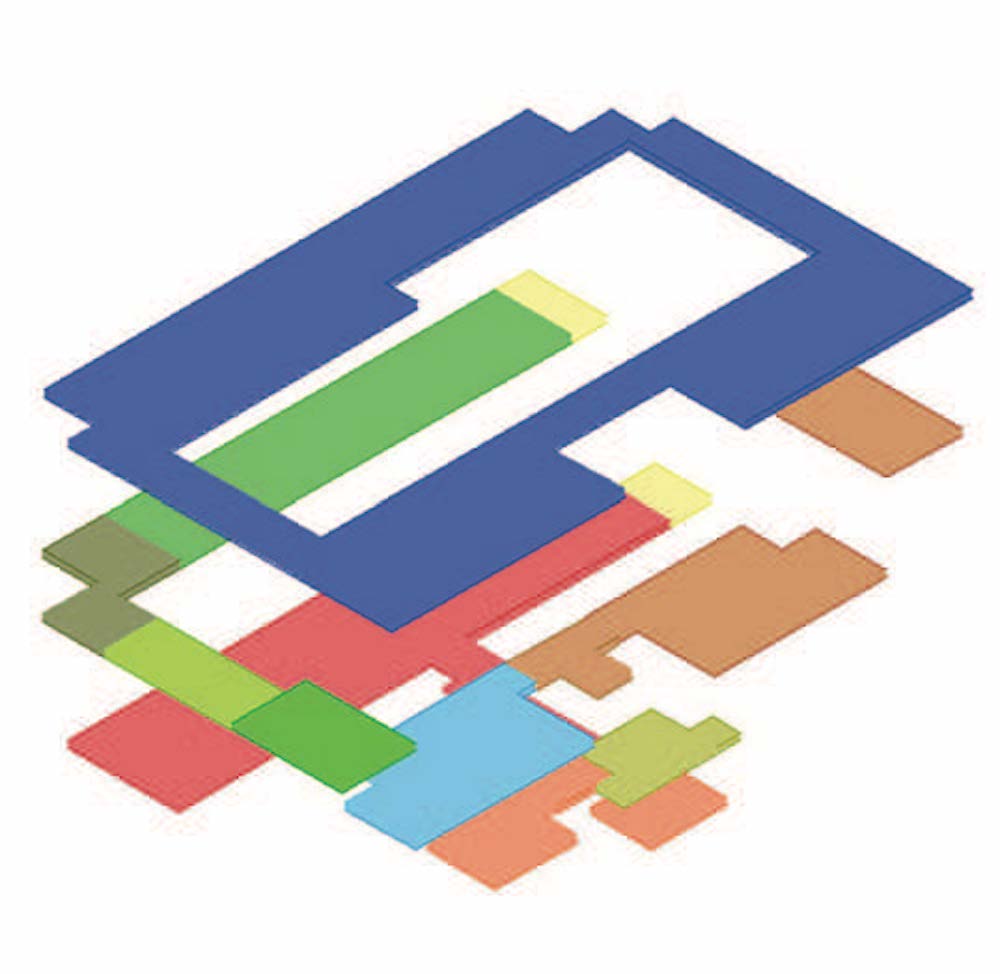
Wie ein Wanderweg aufgebaut ist das neue Leitsystem des Albertinums in Dresden. Das Haus, das zahlreiche Kunstschätze in unterschiedlichen Sammlungen beherbergt, war im Laufe der Zeit, durch verschieden Umbaumaßnahmen und Umnutzungen, zum Irrgarten geworden. Immer wieder staute sich der Besucherstrom in den Gängen, Touristen verliefen sich. Das war nicht nur für die Besucher ein Problem, sondern auch die Angestellten, die sich permanent gezwungen sahen, den Weg zu weisen – und das mehrsprachig.
Es galt einen Weg zu finden, das verschachtelte Haus intuitiv begehbar zu machen. Die Lösung war eine Reduktion der verworrenen Wege durch das Haus schematisch auf zwei Rundwege (einer rot, einer blau kodiert), die abstrakt auf einem Übersichtsplan, dem sogenannten NETZPLAN, abgebildet sind. Auf der Eintrittskarte, der WANDERKARTE, die als Lesezeichen beim Besucher weitere Verwendung finden kann, ist der Farbcode erläutert.
Beim Betreten des Hauses müssen sich die BesucherInnen entscheiden, welcher Farbe sie folgen möchten. Anhand der farbkodierten Tondo-Schilder, die an gut sichtbaren Punkten im Gebäude angebracht sind, können sie sich leicht orientieren. Die Implementierung des Systems hat sich gelohnt. Eine Umfrage ergab, daß über 60 Prozent der Besucher mit dem neuen Leitsystem gut zurecht kommen, was die Leiter der unterschiedlichen Sammlungen als auch die Angestellten des Hauses freut.
SIGNALETIK UND PRODUKTENTWICKLUNG
